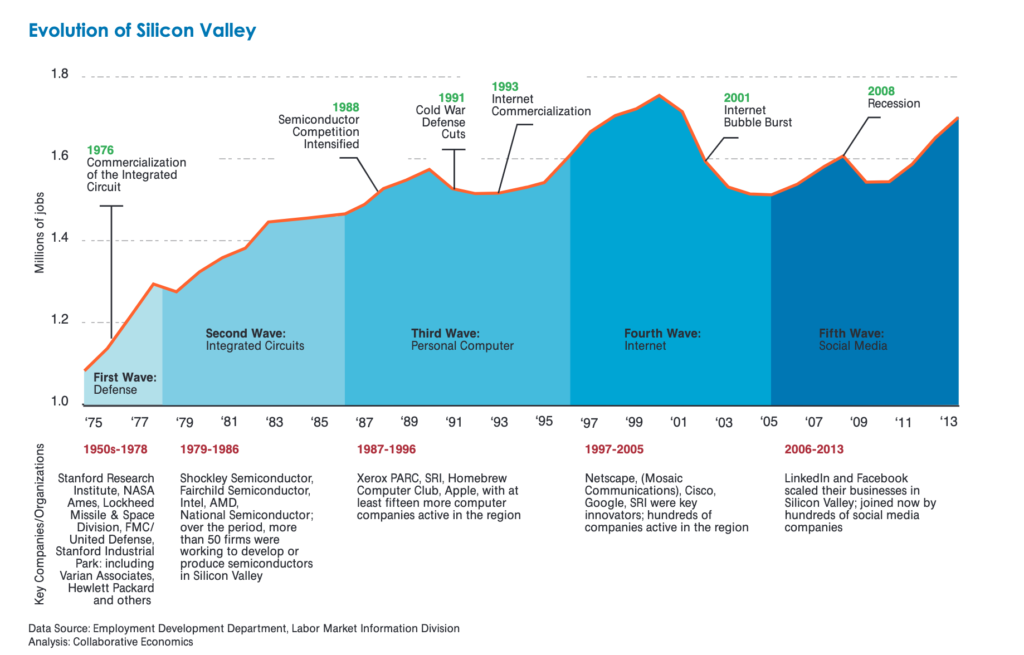The Doyen of the Valley Bids Adieu
When Senior Editor Tekla S. Perry started in this magazine’s New York office in 1979, she was issued the standard tools of the trade: notebooks, purple-colored pencils for making edits and corrections on page proofs, a push-button telephone wired into a WATS line for unlimited long distance calling, and an IBM Selectric typewriter, “the latest and greatest technology, from my perspective,” she recalled recently.
And she put that typewriter through its paces. “In this period she was doing deep and outstanding reporting on major Silicon Valley startups, outposts, and institutions, most notably Xerox PARC,” says Editorial Director for Content Development Glenn Zorpette, who began his career at IEEE Spectrum five years later. “She did some of this reporting and writing with Paul Wallich, another staffer in the 1980s. Together they produced stories that hold up to this day as invaluable records of a pivotal moment in Silicon Valley history.”
Indeed, the October 1985 feature story about Xerox PARC, which she cowrote with Wallich in 1985, ranks as Perry’s favorite article.
“While now it’s widely known that PARC invented history-making technology and blew its commercialization—there have been entire books written about that—Paul Wallich and I were the first to really dig into what had happened at PARC,” she says. “A few of the key researchers had left and were open to talking, and some people who were still there had hit the point of being frustrated enough to tell their stories. So we interviewed a huge number of them, virtually all in person and at length. Think about who we met! Alan Kay, Larry Tesler, Alvy Ray Smith, Bob Metcalfe, John Warnock and Chuck Geschke, Richard Shoup, Bert Sutherland, Charles Simonyi, Lynn Conway, and many others.”
“I know without a doubt that my path and those of my younger women colleagues have been smoothed enormously by the very fact that Tekla came before us and showed us the way.” –Jean Kumagai
After more than seven years of reporting trips to Silicon Valley, Perry relocated there permanently as Spectrum’s first “field editor.”
Over the course of more than four decades, Perry became known for her profiles of Valley visionaries and IEEE Medal of Honor recipients, most recently Vint Cerf and Bob Kahn. She established working relationships—and, in some cases, friendships—with some of the most important people in Northern California tech, including Kay and Smith, Steve Wozniak (Apple), Al Alcorn and Nolan Bushnell (Atari), Andy Grove (Intel), Judy Estrin (Bridge, Cisco, Packet Design), and John Hennessy (chairperson of Alphabet and former president of Stanford).
Just as her interview subjects were regarded as pioneers in their fields, Perry herself ranks as a pioneer for women tech journalists. As the first woman editor hired at Spectrum and one of a precious few women journalists reporting on technology at the time, she blazed a trail that others have followed, including several current Spectrum staff members.
“Tekla had already been at Spectrum for 20 years when I joined the staff,” Executive Editor Jean Kumagai told me. “I know without a doubt that my path and those of my younger women colleagues have been smoothed enormously by the very fact that Tekla came before us and showed us the way.”
Perry is retiring this month after 45 years of service to IEEE and its members. We’re sad to see her go and I know many readers are, too—from personal experience. I met an IEEE Life Member for breakfast a few weeks ago. I asked him, as an avid Spectrum reader since 1964, what he liked most about it. He began talking about Perry’s stories, and how she inspired him through the years. The connections forged between reader and writer are rare in this age of blurbage and spew, but the way Perry connected readers to their peers was, well, peerless. Just like Perry herself.
This article appears in the August 2024 print issue.





